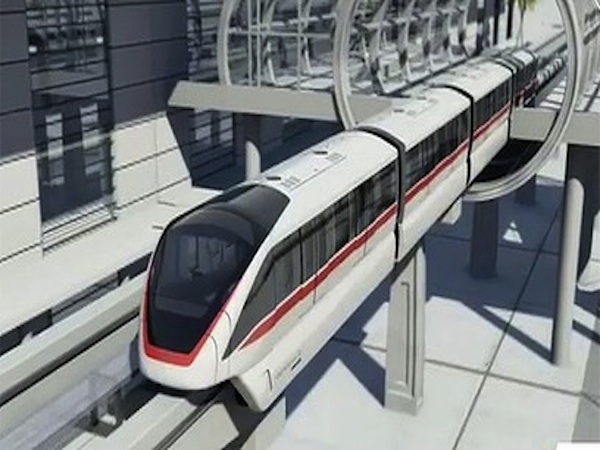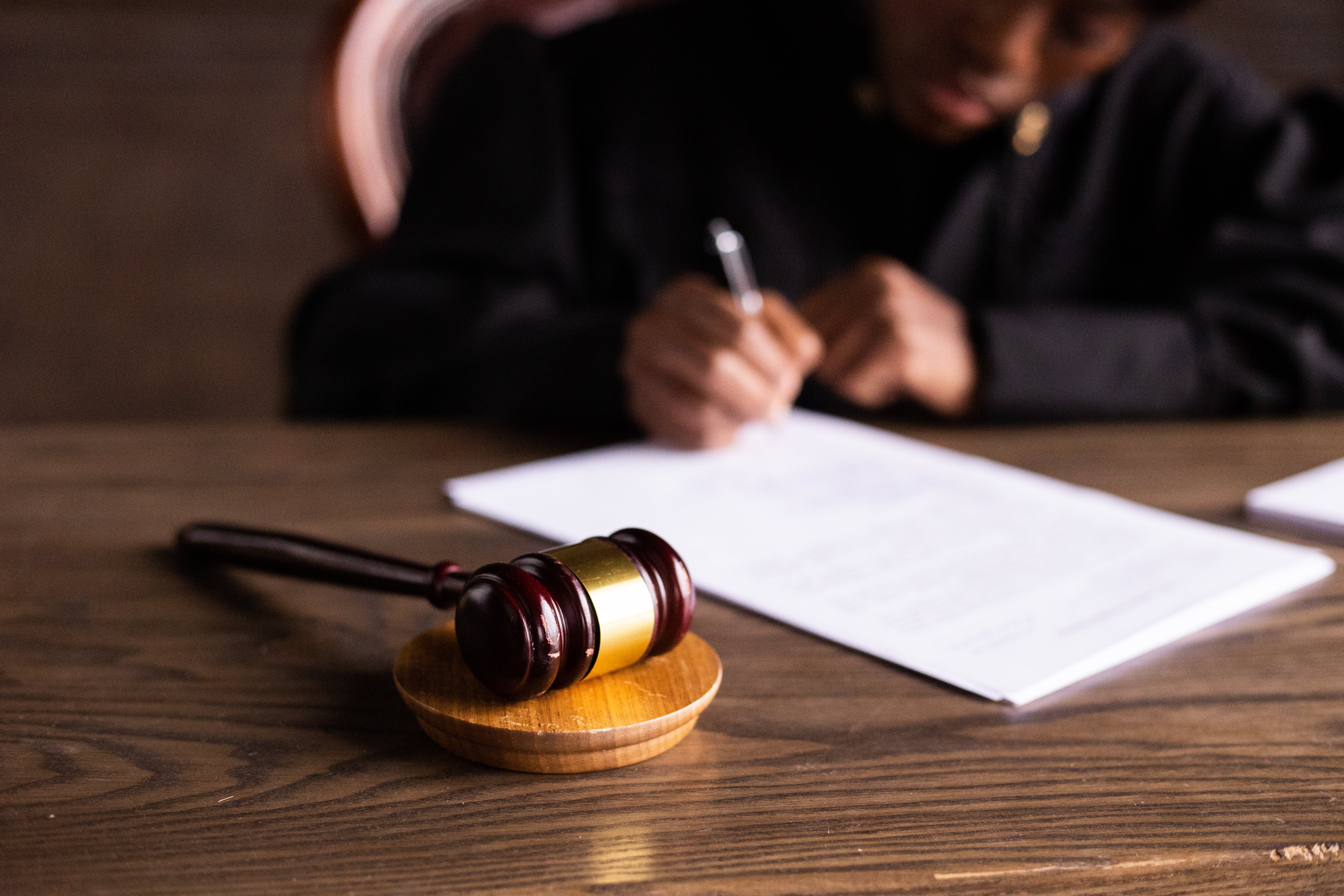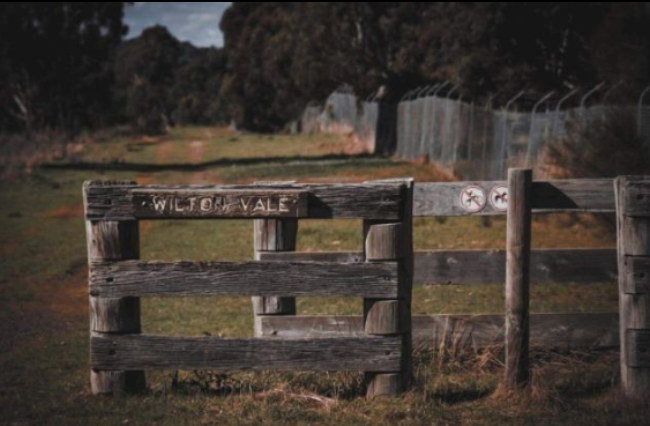If there’s anything governments and town planners should have learned from a certain episode of The Simpsons, it’s that monorail systems help put cities on the map.
Shanghai, Tokyo and Mumbai are famous for them and Melbourne may well be on track for a monorail system after proposals for a new airport link were presented to the state government last week.
Devised by Melbourne aquarium designer Peter O’Brien, the proposal is likely to conjure up images of Springfield’s “genuine, bona fide, electrified, six car monorail” as it involves building a 20-kilometre, elevated urban transport system from Southern Cross Station to Melbourne airport.
But whilst the monorail in The Simpsons was used to satirise government tendencies to spend money on useless projects, the fact that Melbourne desperately needs an innovative public transport solution between the airport and CBD shows that the idea warrants merit.
The CEO of engineering firm Monorails Australia, Alan Ide, has told upstart that the proposal is the best idea for an airport link when compared to traditional heavy rail projects that have formed past proposals.
“It’s an attractive system because it avoids the problems with rail systems,” he says.
“There is no tunnelling and the system can be built through the air so it saves time and money.”
The monorail system will also be independent of existing public transport infrastructure, meaning it has the potential to bypass the issues of integration facing the state government’s airport rail proposal.
The proposal, known as the “Albion East” option, plans to integrate an airport link into the Sunbury train line.
However this idea remains largely in limbo, with congested northern train lines in hindering construction of an airport rail link until the Melbourne Metro system is built.
Mr Ide says the independence of monorail systems means issues surrounding integration are largely bypassed.
“It will be totally dedicated to the airport and not serving other railway stations,” he says.
“Unlike the heavy rail idea, the monorail system has its own line, is electrified and it will not interrupt congested northern train lines.”
A monorail system is also tipped to save billions in construction expenses when compared to the Melbourne Metro project.
The 9km rail tunnel linking the Sunbury, Pankenham and Cranbourne lines has endured repeated blow outs in costs estimates over projected land buy-backs and underground tunnelling around Melbourne’s complex web of sewers, gas lines and World War 2-era tunnels.
As a result, the cost of the project has now ballooned to $11.6 billion with the state government also predicting a $229 million annual running cost.
In comparison the monorail project, which will run alongside the Tullamarine freeway on a network of elevated pylons, will cost only five to ten per cent of the entire Melbourne Metro project – roughly $1.2 billion.
But despite positive feedback for the project, the monorail idea may not sit well with the operators of infrastructure that will interact with the system.
The $1 billion dollar monorail to link Melbourne’s Tullamarine ariport to the CBD – yay or nay?
— Whereis (@WhereisMaps) March 17, 2014
Melbourne Monorail proposal to the airport sounds cool. Just don’t get this guy to build it. #dodgy pic.twitter.com/nD2nMNBAXs
— Scott W (@Weeda27) March 4, 2014
CityLink easily comes to mind here because the proposed monorail route will be built on top of its assets, in particular the Tullamarine freeway.
This has the potential to not only cause traffic problems during construction but it could also cut into CityLink’s near-monopoly over direct airport access and undermine the profitability of Melbourne’s freeways.
Adding to this, key government figures are reluctant to commit to the monorail idea.
The state opposition have expressed a preference for the Melbourne Metro system to be completed first, citing the higher priority of overhauling Melbourne’s strained public transport system as a whole.
Similarly, Transport Minister Terry Mulder maintains that the Victorian government is willing to look at other innovative ideas for an airport link, but remains sceptical over the feasibility of monorail systems.
“These systems don’t have a great history,” Mr Mulder told 3AW.
“In 2008 a similar proposal was put forward to operate between Ballarat and Geelong and that fell through very quickly.”
With many Australians familiar with monorail systems that have failed in the past, it is not surprising that proponents of the idea are facing an uphill battle to get the project moving.
However, Mr Ide is confident most Australians will still see the merits of a monorail as a mode of public transport.
“We’re not talking about a tourist line around Docklands,” he says.
“The Sydney system was for tourists – it was never intended as a form of public transport like the one we have in mind for Melbourne.”
But with the state government still very much committed to its election promise to build the Melbourne Metro, the monorail link looks like it might be “more of a Shelbyville thing” for the time being.
Tom Colwell is a third year Bachelor of Law/Media student and Politics and Society Co-Editor for upstart. Follow him on Twitter: @TomColwell2.








